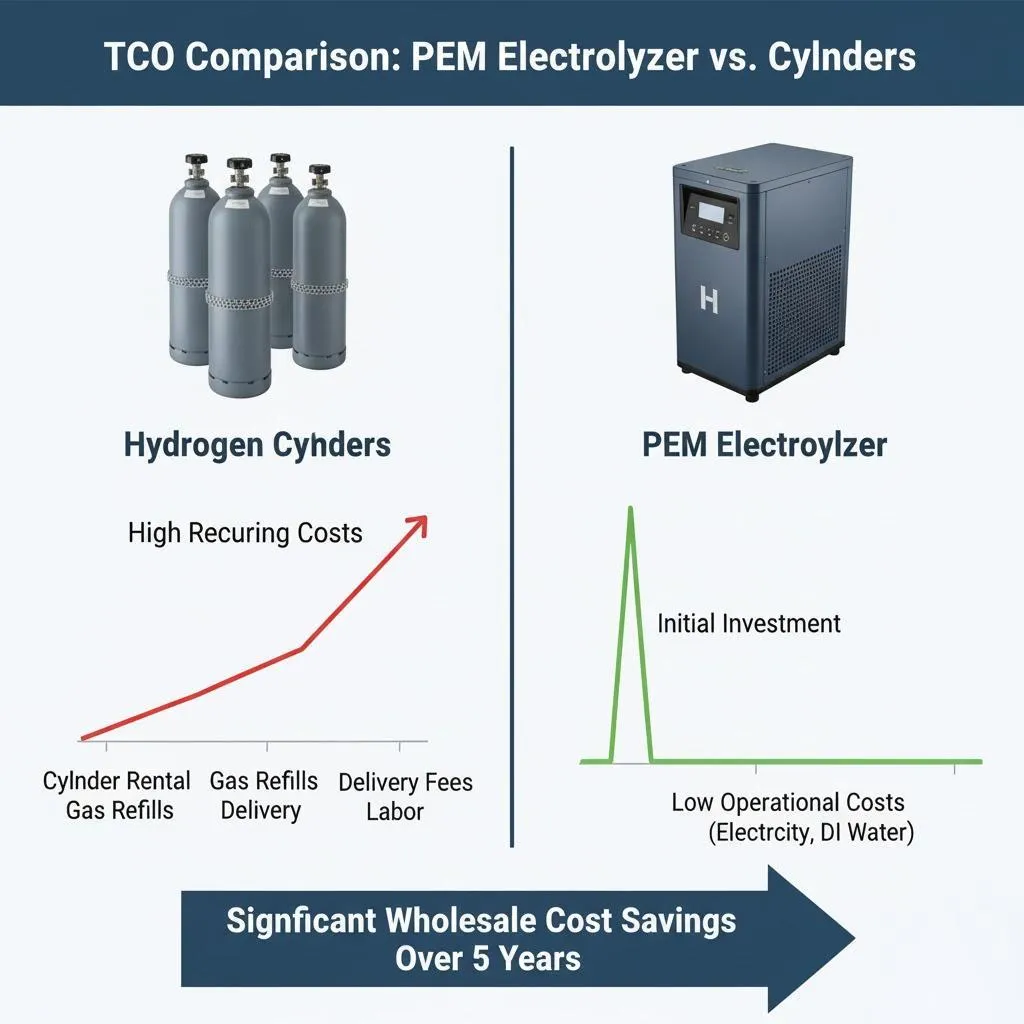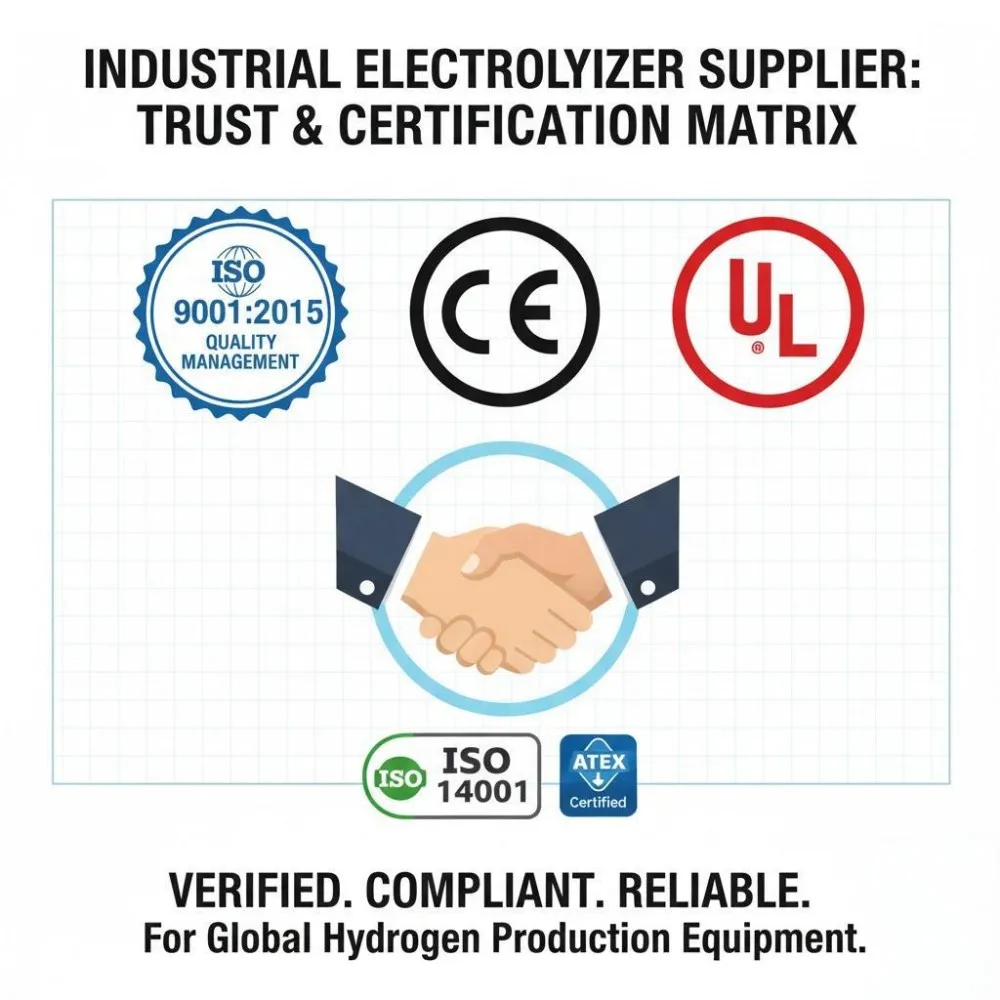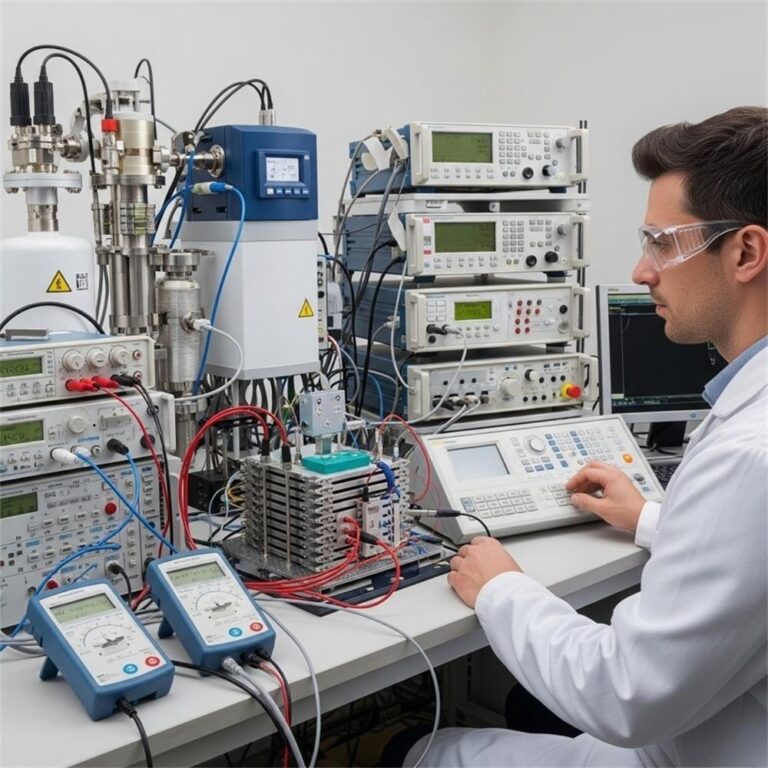I. Introduction to Integrated PEM Hydrogen Power Systems
The Growing Importance of Hydrogen Energy
Let’s face it—our world is hungry for clean, reliable energy. As fossil fuels fade into the rearview mirror, hydrogen is stepping into the spotlight. Why? Because it’s clean, abundant, and incredibly versatile. Governments and industries around the globe are investing heavily in hydrogen as a core piece of the clean energy puzzle.

Basics of PEM (Proton Exchange Membrane) Technology
PEM, or Proton Exchange Membrane technology, is one of the most efficient ways to convert hydrogen into electricity—and vice versa. These systems operate at relatively low temperatures, respond quickly to load changes, and are compact enough to be deployed in both large-scale and portable settings.
Defining “Integration” in PEM Hydrogen Power Systems
Integration means building a system where the electrolyzer, hydrogen storage, and fuel cell stack all work seamlessly together. It’s about turning separate parts into a cohesive, efficient power-generating machine.
Why Integrated Systems are More Efficient and Practical
Instead of dealing with standalone units, integrated systems streamline everything. You save space, reduce energy losses, and gain better control over your power supply. It’s like upgrading from a flip phone to a smartphone—it just makes everything easier and smarter.
II. System Architecture and Design Principles
Key Components of an Integrated System
PEM Electrolyzer
This component splits water into hydrogen and oxygen using electricity—ideally from renewable sources like solar or wind. It’s the beginning of the hydrogen lifecycle.
Hydrogen Storage
Once generated, hydrogen must be safely stored, either in compressed, liquid, or metal hydride form. The choice depends on use case, cost, and space availability.
Fuel Cell Stack
When power is needed, hydrogen is fed into the PEM fuel cell stack, where it reacts with oxygen to generate electricity—emitting only water and heat as by-products.
Power Conditioning Unit
This unit ensures the electricity output matches the load requirements—whether for an industrial system, a home, or a moving vehicle.
Design Considerations for Optimal Integration
Successful design depends on balancing efficiency, safety, and cost. Layouts must minimize losses between components while ensuring robust thermal and electrical connections.
Matching Load Requirements
One size doesn’t fit all. Systems must be designed to match the actual energy demands—whether for intermittent loads in remote areas or continuous supply in industrial settings.
Safety Standards and Regulations
Hydrogen is flammable—so safety isn’t optional. Compliance with global and regional regulations (ISO, IEC, etc.) is critical from day one.
Schematics and Examples of Integrated System Designs
Detailed schematics show how PEM electrolyzers, storage, and fuel cells can be wired and piped together to maximize efficiency while maintaining safety.
III. Component Compatibility and Integration
Material Selection for Compatibility with Hydrogen
Not all materials get along with hydrogen. Some metals become brittle over time. Designers must choose materials like stainless steel, aluminum alloys, or advanced composites that handle hydrogen without breaking down.
Thermal Management Strategies
Fuel cells and electrolyzers produce heat. Without proper cooling—through air, water, or phase change materials—efficiency drops and lifespan shortens.
Electrical Integration and Power Management
Electrical compatibility ensures that each module works without overloading circuits or wasting energy. Smart inverters, converters, and battery buffers often play supporting roles.
Communication and Control Systems Integration
Just like a team needs a coach, integrated systems need centralized control. Programmable logic controllers (PLCs) or IoT-based platforms allow real-time monitoring and adjustment.
Case Studies: Successful Examples of Component Integration
From Japan’s hydrogen-powered homes to Europe’s hydrogen trains, real-world projects demonstrate how integrated systems can work efficiently at scale.
IV. Performance Optimization Techniques
Strategies for Enhancing System Efficiency
Efficiency is king. Key strategies include minimizing internal resistance, optimizing flow paths, and reducing energy losses through heat recovery.
Electrolyte and Membrane Optimization
Next-gen membranes increase conductivity and durability while reducing degradation. Think of it as upgrading from 3G to 5G—but for hydrogen ions.
Pressure and Temperature Control
Maintaining optimal pressure and temperature ensures peak efficiency and extends component life. Too much heat or pressure can damage membranes and seals.
Water Management
Water is both a reactant and a by-product. Proper hydration of membranes and efficient removal of excess water are essential to keep the system running smoothly.
Real-time Monitoring and Control Systems
Real-time data helps operators catch issues early, tweak performance, and prevent costly downtime. Integration with AI can even predict failures before they happen.
Data-Driven Optimization and Machine Learning Applications
Machine learning algorithms can analyze performance data to recommend adjustments in real time—making systems smarter and more responsive over time.
V. Diverse Applications of Integrated PEM Hydrogen Power Systems
Stationary Power Generation
Backup Power for Critical Infrastructure
Hospitals, data centers, and defense systems can’t afford power outages. Integrated PEM systems offer clean, reliable backup power.
Remote Power Solutions
In off-grid areas, hydrogen systems provide sustainable energy where traditional grids can’t reach.
Residential Power Systems
Homeowners can pair solar panels with hydrogen systems to achieve full energy independence.
Transportation Applications
Fuel Cell Vehicles (FCVs)
Cars powered by hydrogen fuel cells are already on the roads in Asia and California—offering fast refueling and long range.
Hydrogen-Powered Trains, Ships, and Airplanes
Heavy-duty transport needs dense energy storage. Hydrogen fits the bill for trains, maritime vessels, and even aircraft.
Portable Power Solutions
Military Applications
The military loves hydrogen’s silent operation, low heat signature, and reliable output for field missions.
Emergency Response
When disaster strikes, portable hydrogen generators can bring power to where it’s needed—fast.
Integration with Renewable Energy Sources
Hydrogen Production Using Solar and Wind Energy
Excess solar and wind power can be stored as hydrogen—solving the intermittency problem.
Energy Storage for Grid Stability
Hydrogen acts as a buffer, absorbing excess energy during low demand and feeding it back during peak times.
VI. Future Trends and Innovations
Advancements in Materials Science
Expect better membranes, stronger seals, and lighter components. Material innovation is key to reducing costs and boosting longevity.
Improved System Efficiency and Durability
Through smarter design, automation, and better materials, next-gen systems will deliver more power for less input—and last longer doing it.
Cost Reduction Strategies
Mass production, cheaper catalysts, and recycling technologies are already pushing down costs—making hydrogen more competitive with fossil fuels.
The Role of Integrated PEM Hydrogen Power Systems in a Sustainable Energy Future
As countries commit to net-zero goals, hydrogen will become a major pillar of global energy strategy. Integrated systems will be the building blocks of that clean energy architecture.
Scalability and Commercialization Outlook
From powering individual homes to entire cities, integrated PEM systems are ready to scale—quickly and efficiently.
VII. Conclusion
Integrated PEM hydrogen power systems are more than just a technological trend—they’re a solution to some of the world’s most pressing energy challenges. By combining clean hydrogen production, storage, and usage into a single system, we unlock a world of possibilities.
Whether you’re looking to power a home, factory, or an entire transportation fleet—integrated PEM systems offer unmatched flexibility, sustainability, and performance.
Call to Action: Ready to explore PEM hydrogen power integration for your business or project? Contact us now heletitaniumhydrogen for a free consultation and discover how clean energy can drive your future!
FAQs
1. What is a PEM hydrogen power system? It’s a system that uses Proton Exchange Membrane (PEM) technology to generate and use hydrogen power, typically including an electrolyzer, storage, and fuel cell.
2. How efficient are integrated PEM hydrogen systems? Modern integrated systems can achieve efficiencies of 50–60%, with ongoing improvements making them even more competitive.
3. Can I use these systems with solar or wind power? Absolutely. They’re often paired with renewables to store excess energy and provide a consistent power supply.
4. Are PEM hydrogen systems safe? Yes, when designed correctly. They follow strict safety protocols and use robust materials to handle hydrogen safely.
5. What industries benefit most from this technology? Energy, transportation, manufacturing, military, and emergency services are the top adopters—but the possibilities are growing every day.
Please don’t forget to leave a review. Explore more by joining me on heletitaniumhydrogen







